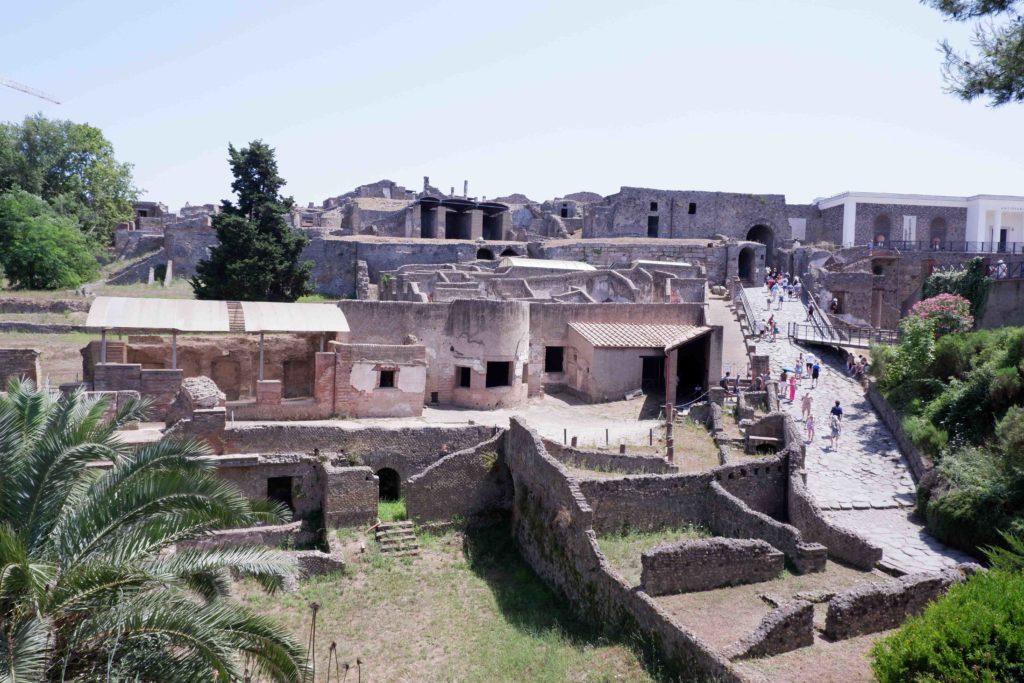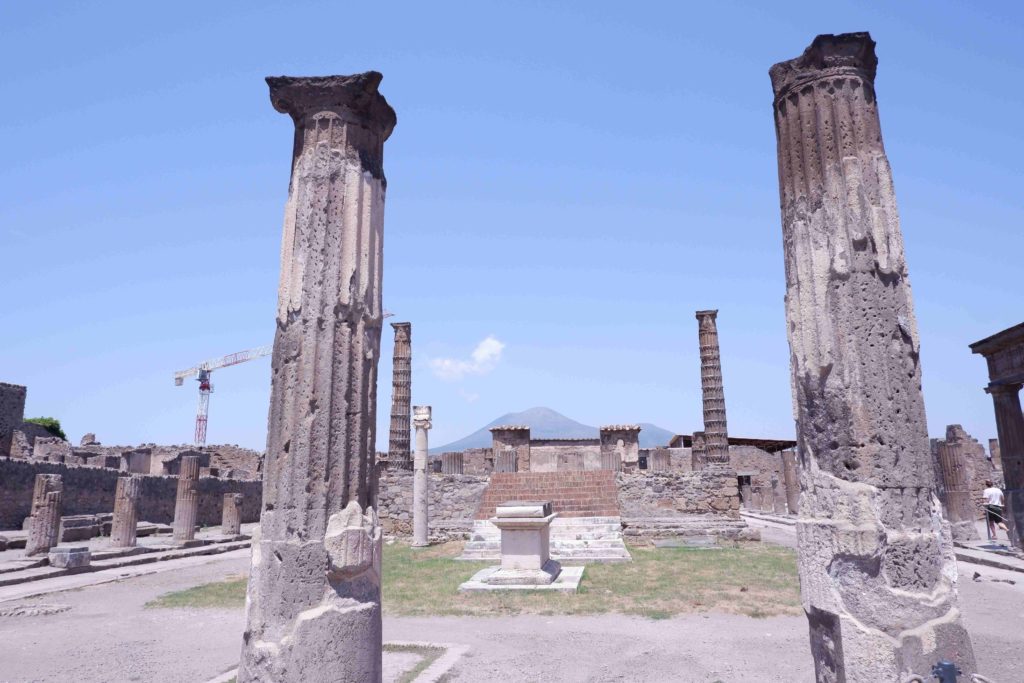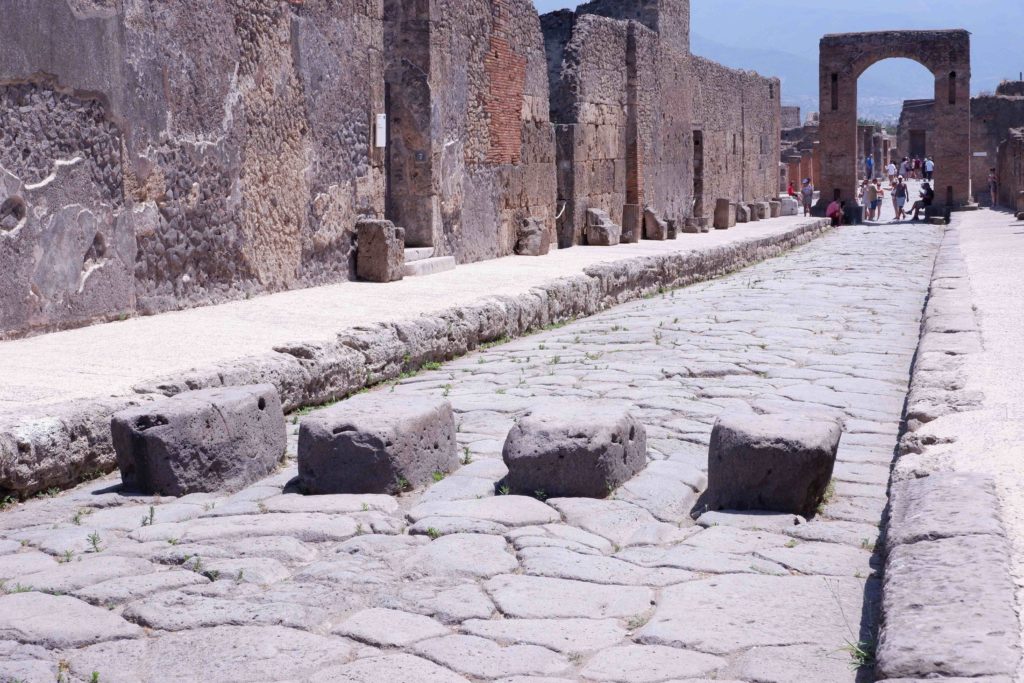As the weeks go by, I gain more and more confidence in the use of the language and can express more complex ideas. It becomes easy to restate the context and repeat the usual formula such as sitting down in a restaurant for dinner or going to the grocery store to buy some fruit. But everything changes when somebody asks you a personal question and you have to combine emotional aspects with linguistic ones.
It seems that the heat wave in Europe, and particularly in Italy, is nothing like the previous ones. People say that June is too early to be between 34°C and 36°C with no change and they express some concern over some regions where there has been no rain for weeks. And then they ask me what it is like in my country, what people do in summer and finally, if I don’t miss home. These questions are more difficult to answer because every time I think of different things, I try to say them in Italian, or speak while thinking.
On the other hand, these days I have been reflecting a lot on how people are never indifferent to the culture of other countries. Is it possible not to compare, not to express an opinion, not to evaluate or qualify other cultural aspects? I believe that doing so is inevitable and yet I also believe that we do not dwell enough on the similarities, which are much greater than the particularities.
I still can’t get over the amazement I had when I visited the Parco Archeologico Pompeii in southern Italy. Ever since I saw an exhibition at the Moesgard Museum in Denmark a few years ago I fantasized about visiting it. Luckily, in Italy, it is very easy to access from Napoli or even from Roma with the “treno veloce” thanks to which you can go and come back in a day. In the year 79 a nearby volcano, Vesuvius, flooded the city with lava and ashes, preserving it for the next 2,000 years. It is one of the most famous and spectacular archaeological sites in the world.

Pompeii was a city where many wealthy Romans built their homes, enjoying the climate on the shores of the Mediterranean Sea. The only drawback of the area was the volcano, but its inhabitants had never seen it erupt. Although there were some earth tremors in the years leading up to the catastrophe, the people of Pompeii ignored them and went on with their lives. After the explosion, the city was buried in ashes and lava. Once these volcanic remains solidified, they sealed the city, which was buried and then forgotten, until other people found its remains in the future.

Today, about three-quarters of the city has been unearthed and a visit can give you an idea of what daily life was like in Pompeii. The buildings have been restored, with reconstructed roofs, and scientists have identified and preserved seeds of many plants and replanted the gardens enjoyed by the Pompeians. It is a unique place to discover how many similarities we have with the Romans from 2000 years ago.

The crosswalks so as not to sink one’s feet where the water used to flow are almost identical to our current pedestrian paths. The artistic decorations of the houses, the beautiful fountains in the inner courtyards, the paintings on the street walls with the name of the political candidate, the taverns where people socialized, and the temples to venerate deities. All signs that the former practices are essentially the same as those of today, there and here.

I think that was the most surprising point for me. I expected to discover different ways of life in a distant city, but I ended up recognizing my own. The visit to Pompeii is a summary of a feeling that accompanied me for a good part of my trip to Italy and with which I want to stay.